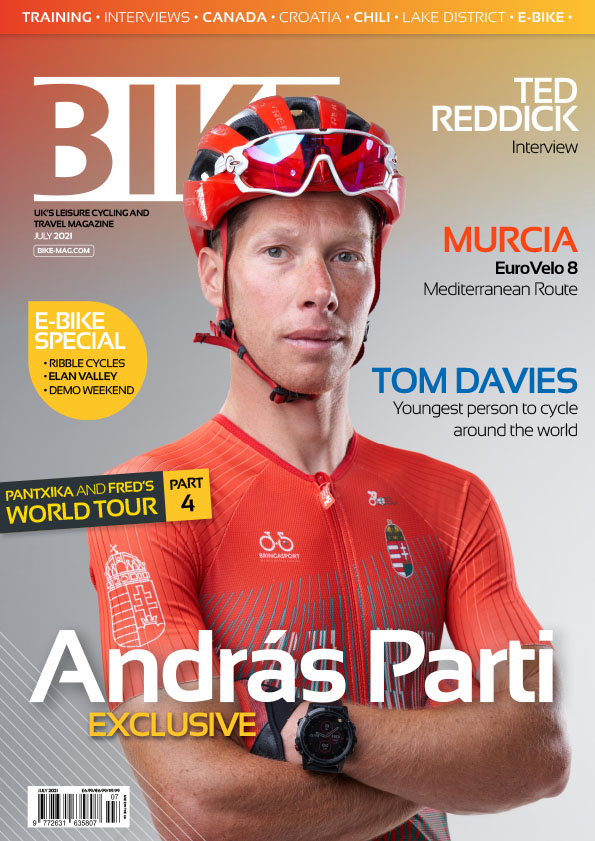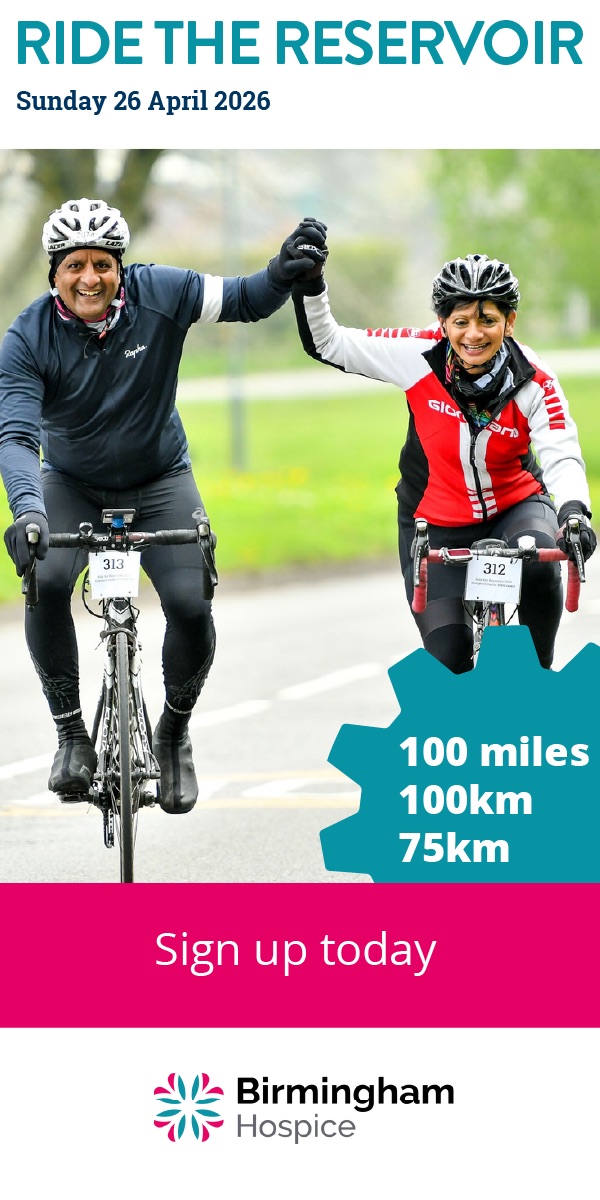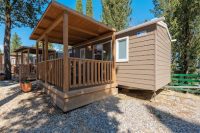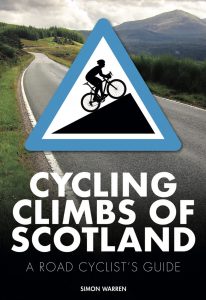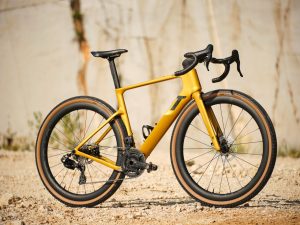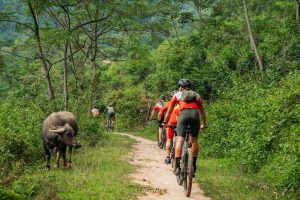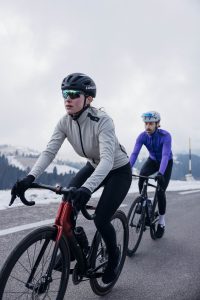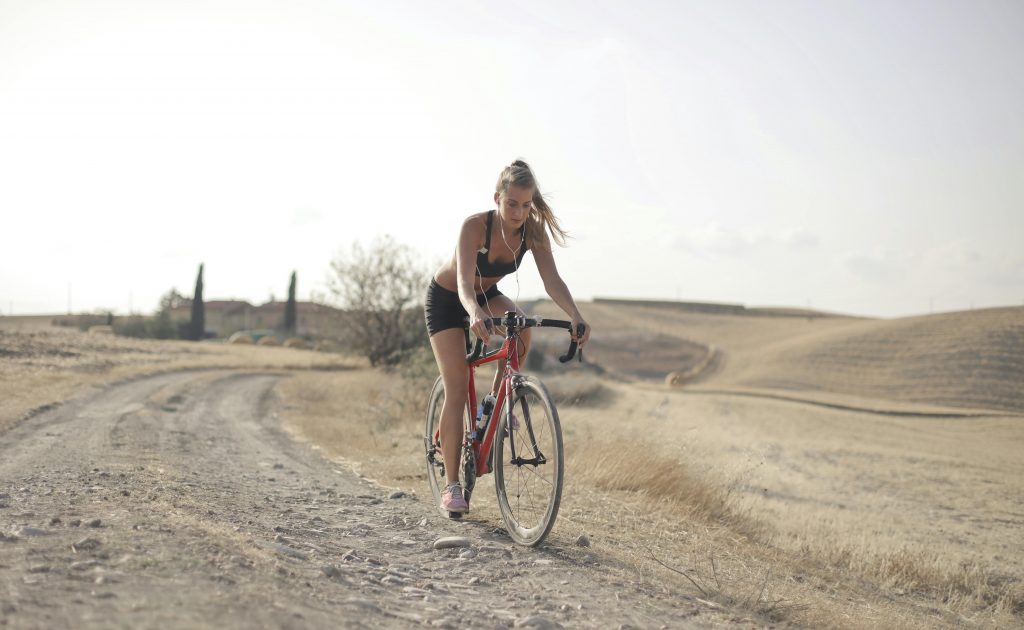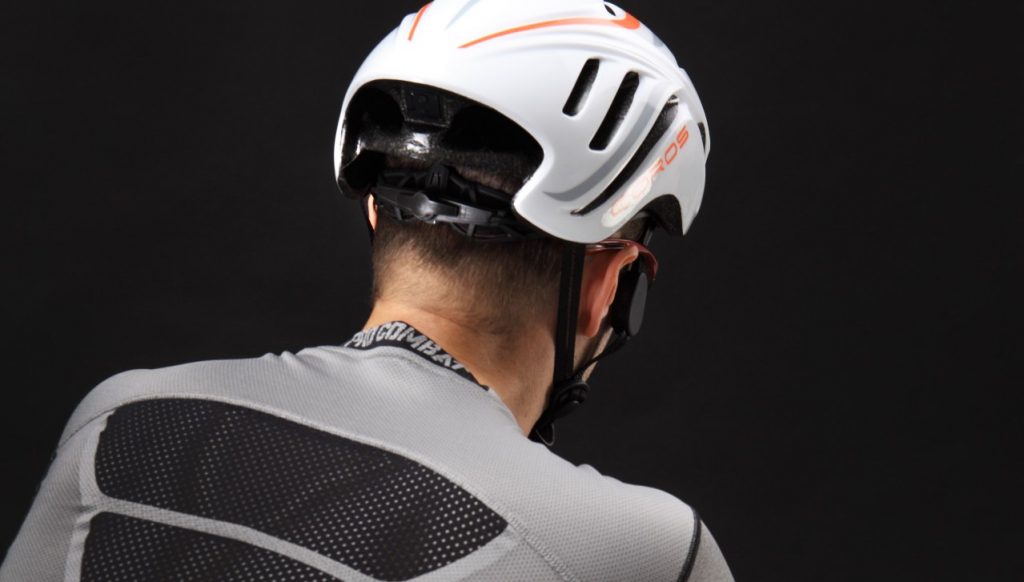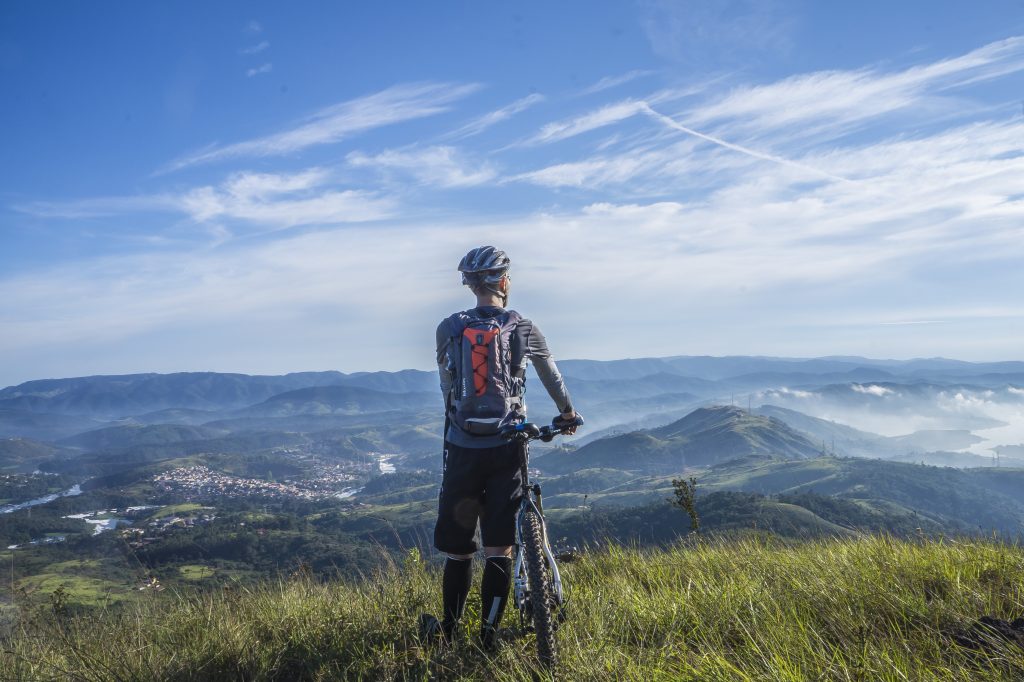Ian Jenner’s Ask The Coach…
So, I’m a novice and have been cycling for 12 months. I mostly split my time between MTB and road as I want to lose weight. I did my first ever 100 miles on Sunday and loved it, and for the next year, I want to focus on reducing my time. What would be a good time to aim for? Is doing 30-50 miles every other week okay?
Well, I don’t know what your initial time was for the first 100 miles you have done, but I can give you some advice here. It also depends on whether it’s pan flat or rolling hills. This is the thing with speed, it’s not a simple measure of improved fitness performance as there are too many variables – hills, flat, wind, temperature, season, solo or group, the list can go on.
There are a few things that will show you improvement, though, and one is doing the same route again and again (although bear in mind that times will be quicker with warmer weather than colder). You will see the time drop, though. It’s like doing a weekly TT on the same course week in week out. You get to know the bits of the road that you will “lose” a little and “gain” some also.
Doing a few 30 to 50-mile rides will work to help build your endurance base. A good time for a 100-miler would be anywhere in the 6 to 7-hour mark. Ensure a good long warm-up of easy riding at the start (say 1hr) to set you up, then you can slowly increase the pace. Sort your hydration/fuelling out also to ensure a good ride. If you get to the end and you have some energy to spare then you have measured it well. Best of luck and let us know how you get on.
On my weekly club rides, I am always getting dropped and left behind. I am training in the week, so it’s not riding just on a Sunday. What am I doing wrong?
First question, are you riding in the right group? Most clubs will have a few rides going out – a beginner group, then a leisure one, a faster group, and then those that are racing. You want to be in a group that is JUST above your ability, so one that will test you a bit, but won’t drive you into the ground. Before a climb starts, move to the front so, as you go up the climb, and if people come past, you will finish at the back and still with the group and not left behind.
On the flat, don’t let a gap go with you and the person in front, as you will spend a lot of energy constantly catching back up again. Ensure that your base miles are good so that you are “getting the miles in” and riding on your own at a low intensity to build a good base. Lastly, look at your fuelling on the bike. Drink electrolytes on the ride and ensure that you are eating as you ride also, and you aren’t just waiting for the cake stop.
Perhaps the last thing is to ensure that you build recovery weeks into your training weeks too. Recovery is where the fitness benefits come from training, not just from the building phases.
I have done some sportives in the UK but am thinking of taking on a Granfondo in Italy. Just how hard are they?
In short, they are hard! The main things to think about are the distances, the length of the climbs and, of course, the heat. You can train for these in the UK, you just need to ensure that your training is on point. We know the big ones like the Maratona, Nove Colli or Colnago in Garda. There are also MANY smaller local GF’s which are fun to enter as they limit the number of entrants.
Maratona may have more than 15,000 people taking part, whereas the smaller ones will limit to 3 to 5,000, which I always think is more fun. All will have shorter routes, anything from 200 to 70km and one to maybe three climbs. So, you can start with a shorter route and get a taste for it with the following one you tackle on a longer course.
They are incredibly well organised, though, and from road closures to motorbikes on the routes to look after riders, all you need to do is ride your bike and generally, you will get a super jersey to wear at the event, which doubles as a great souvenir. Oh, and a great pasta party after also! Check out granfondoguide.com for the full list of Granfondos available globally.
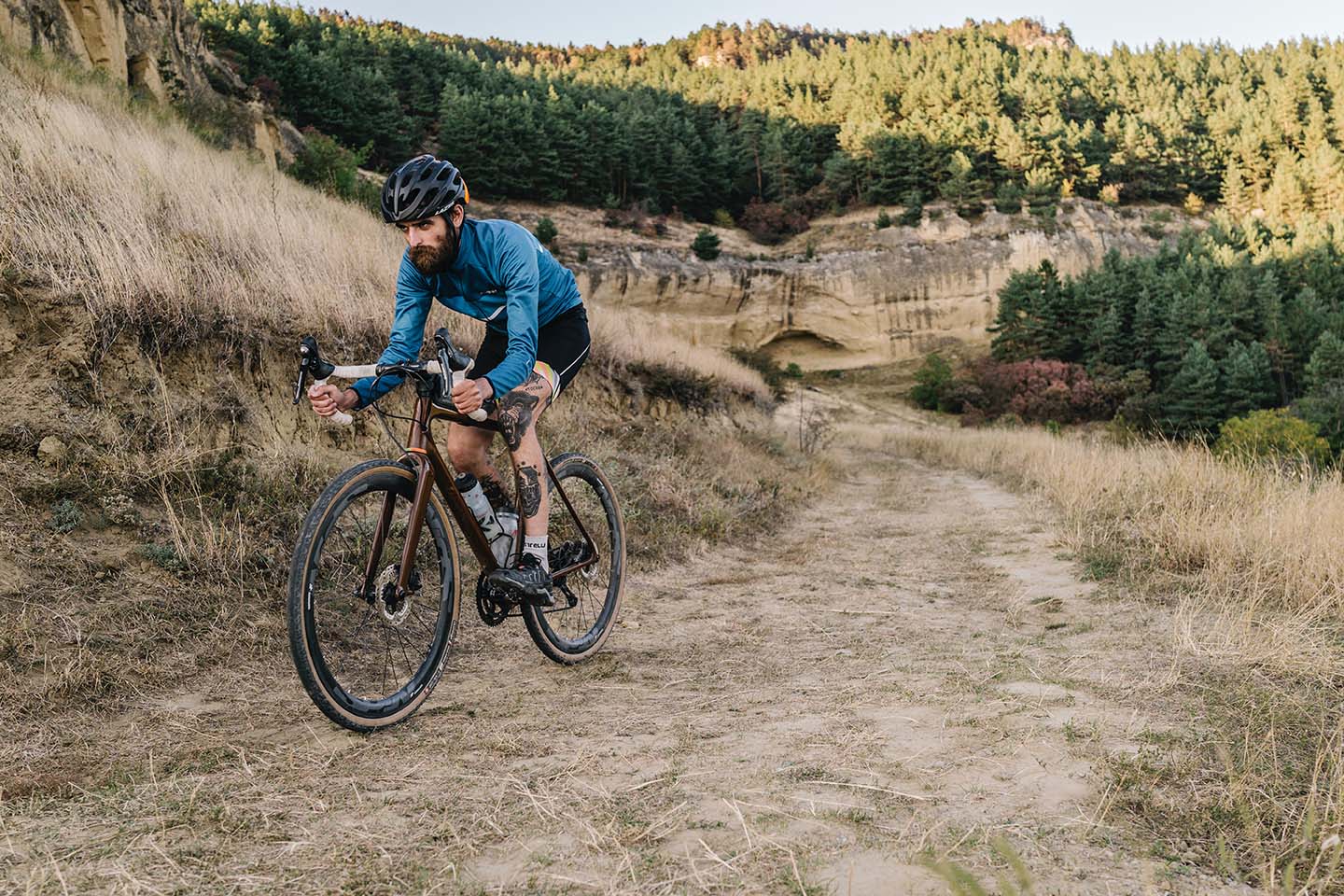
Can you recommend a good suncream for cycling? All the ones I have used so far wash off with sweat and I end up getting burnt.
Great question as we enter the summer. Most normal sun creams don’t cut it when riding on a bike, as the sweat will wash it off. Even if you use kids factor 50, it’s not ideal. The best I have found is SolRX Active Zinc, which was originally designed for triathletes and surfers. Also, Lifesystems Sports Sun Cream, which is easy to apply and is not greasy and lasts up to approx. 3 hrs before re-applying – I think it comes in a spray also. Try to keep away from anything oily, it works great, but I tended to find that I had all the road dust stuck to my legs and arms after using, although the protection was good.
Also, ensure that you use a block for your lips and that the top of your nose and the backs of your ears are covered well. Lastly, cover the back of the neck. These areas are continually in the sun and can easily get burnt.
Which is the right one for flying with your bike, soft shell or hard case bags?
I used to have this “thing” in my head that said if I bought a flight ticket with a really good airline, not the budget ones, then they would look after my bike better. This, of course, is nonsense as we are at the mercy of the baggage handlers. It gave me a placebo effect, though, for a while, until one day, getting on my “better” flight, I watched out of the window as one of the guys used a bike box to stand on to reach a suitcase. After that, I didn’t care where or with whom I bought a ticket.
If you are ok with taking things off your bike, packing it and then putting it all back together, just as it was, then doing the same when going home, then a hard case is ok for you. If you can’t be doing with all that, then a soft case, where at most all you will probably have to do is take the pedals off your bike and you are good to ride, then go with that.
I have travelled everywhere with my bike and used a softshell. The worst I have had is a slightly bent brake lever. I also pad my frame out with foam pipe insulation to protect the frame. You can buy this from a DIY shop and cut it to the size you want. That’s then wrapped in a couple of thin blankets for added protection. Personally, I tend to think that a soft case is a bit easier to carry/wheel around and also doesn’t get stood on or just thrown in the plane either.
I have travelled across London, on the tube then train to Gatwick with not much bother. Of course, with bike bags, you can also put all your clothes in them so you have minimal luggage. Although I have forgone that to pad my bike out with salami, rice, pasta and cakes on trips back from Italy!
Ian Jenner
My cycling journey has brought me to be fortunate enough to live, work and train in Italy, at Italy’s largest lake, Garda. However, my 40+ years of riding bikes started when I taught myself to ride at a young age. Having a bike gave me freedom and that freedom soon culminated in me wondering how I compared to others. TT’s and Road Races soon followed then of course Club Events and in later life Sportives and Granfondos, some of Italy’s toughest as well as a few MTB events too.
http://www.rule5cyclingcoaching.com/#rule5
Send questions to [email protected]




